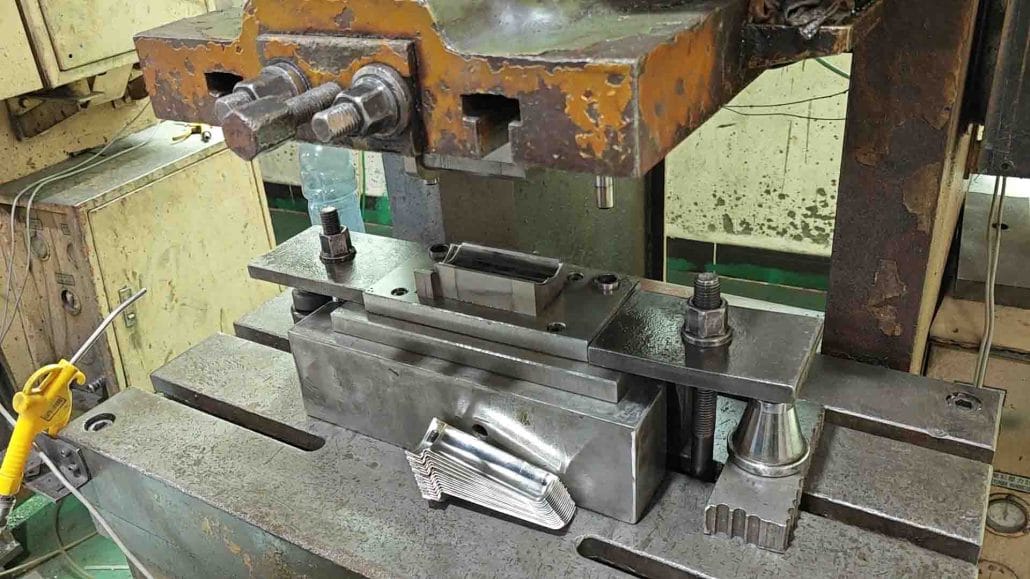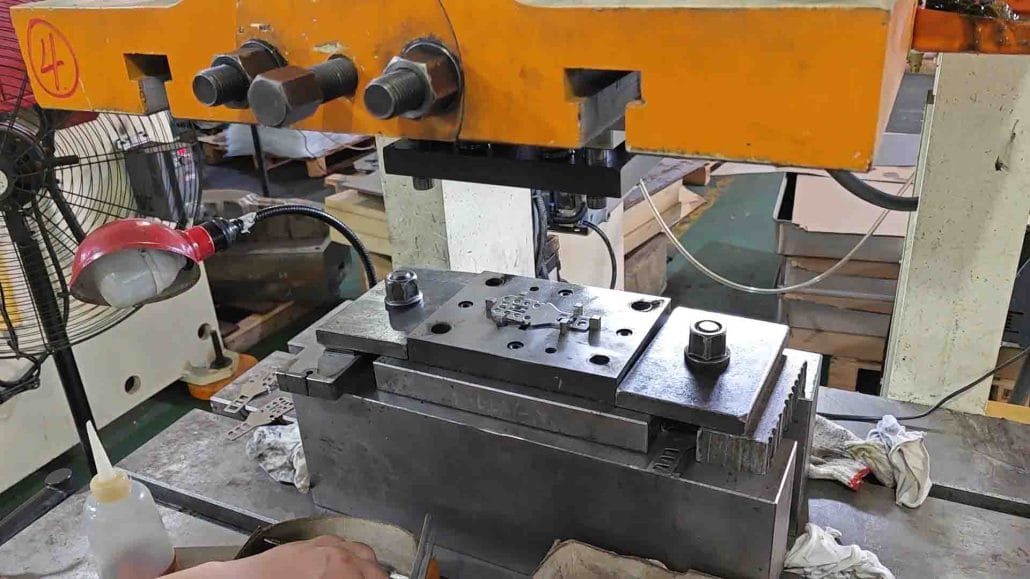Welcome to my article on the difference between stamping and drawing process. If you are interested in learning more about the manufacturing industry or are simply curious about these two processes, then you have come to the right place.
If you’re in the world of manufacturing, you’ve probably heard of stamping process and drawing process, but do you know the difference? While both processes can be used for shaping metal and other materials, there are significant differences in their processes, applications and outcomes.
In this article, we’ll dive into the differences between stamping and drawing processes to help you understand their distinctive features, benefits and how they can be useful in your manufacturing applications.

What is Stamping Process
Stamping is a process that involves shaping metal into specific forms or sizes through the use of a press tool. The tool and die set is responsible for creating a three-dimensional shape in a sheet of material that has already been stamped into a specific length.
The stamping process enables manufacturers to produce high-quality parts that require minimal finishing, as die compression units handle the material by bending and forming the metal piece into the required shape. Stamping can be achieved using a broad range of materials, such as metals, alloys, plastics, and rubber.
One of the significant advantages of stamping is its ability to produce high-precision parts quickly and efficiently. Also, the process is versatile and can create multiple parts with varying degrees of complexity, thanks to the use of the tool and die set.
What is Drawing Process
Drawing, on the other hand, is a process that involves shaping metal into a single-directional shape. The process is performed using a die hole, which forms the material into the required shape through the use of a mechanical pulling system.
The drawing process is highly precise and efficient at creating shapes with a uniform cross-section, such as wires or rods. Metals such as gold, silver, copper, and steel are some examples of materials that are commonly formed using the drawing process.
Unlike stamping, drawing process parts require little to no surface finishing, as the process produces highly smooth and uniform surface finishes. Additionally, the drawing process creates parts that are consistent in size and require no forming or bending in their applications.
How do They Differ
While both stamping and drawing involve forming sheet metal into a specific shape or form, they differ in several ways:

- The process: Stamping uses a press to punch or press a die into the sheet metal to shape it. Drawing, on the other hand, involves a draw punch and die set to stretch and form the sheet metal.
- The end result: Stamping creates parts with thicker walls and more defined corners. Drawing, on the other hand, is used to create seamless parts with a smooth finish and a constant cross-section along its length.
- The quantity produced: Stamping is an ideal process for producing large quantities of identical parts, while drawing is better suited for low volume productions.
- Cost: In general, stamping is less expensive than drawing because the tools and dies used in the stamping process are less expensive to produce.
- Directional Shaping: Stamping can produce a $3$D shape in various directions, while drawing process forms in a specific single direction.
- Tooling: Stamping uses a press tool whereas drawing uses a die hole for shaping the material.
- Material: Stamping uses a broad range of materials from metals, alloys, plastics and rubber, whereas drawing process deals with metals like gold, silver, copper and steel.
- Application: Stamping creates parts with high precision that are often used in making complex and precise components, while drawing process mainly produces rods, wires and similar types of components.
The primary difference between stamping and drawing is the nature of the material being used. Stamping is typically used on flat sheets of material, whereas drawing is used on materials that are already cylindrical or hollow.
Another difference between the two processes is the level of complexity that each can handle. Stamping is a relatively simple process that can be used to create intricate shapes, but it cannot handle the same level of complexity as drawing.
On the other hand, drawing requires a more specialized set-up and is better suited for creating uniform shapes and sizes.
In conclusion, stamping and drawing are two manufacturing processes that are widely used to create products from sheet metal. While they share some similarities, they differ in several ways, including the process, end result, quantity produced, and cost. It’s important to understand the differences between the two processes to determine which one is more suitable for your specific product needs.
Thank you for taking the time to read my article, and I hope it has helped shed some light on the differences between stamping and drawing process. If you have any further questions or would like to learn more about these processes, please do not hesitate to contact me.We can provide custom stamping forming services to better complete your project


